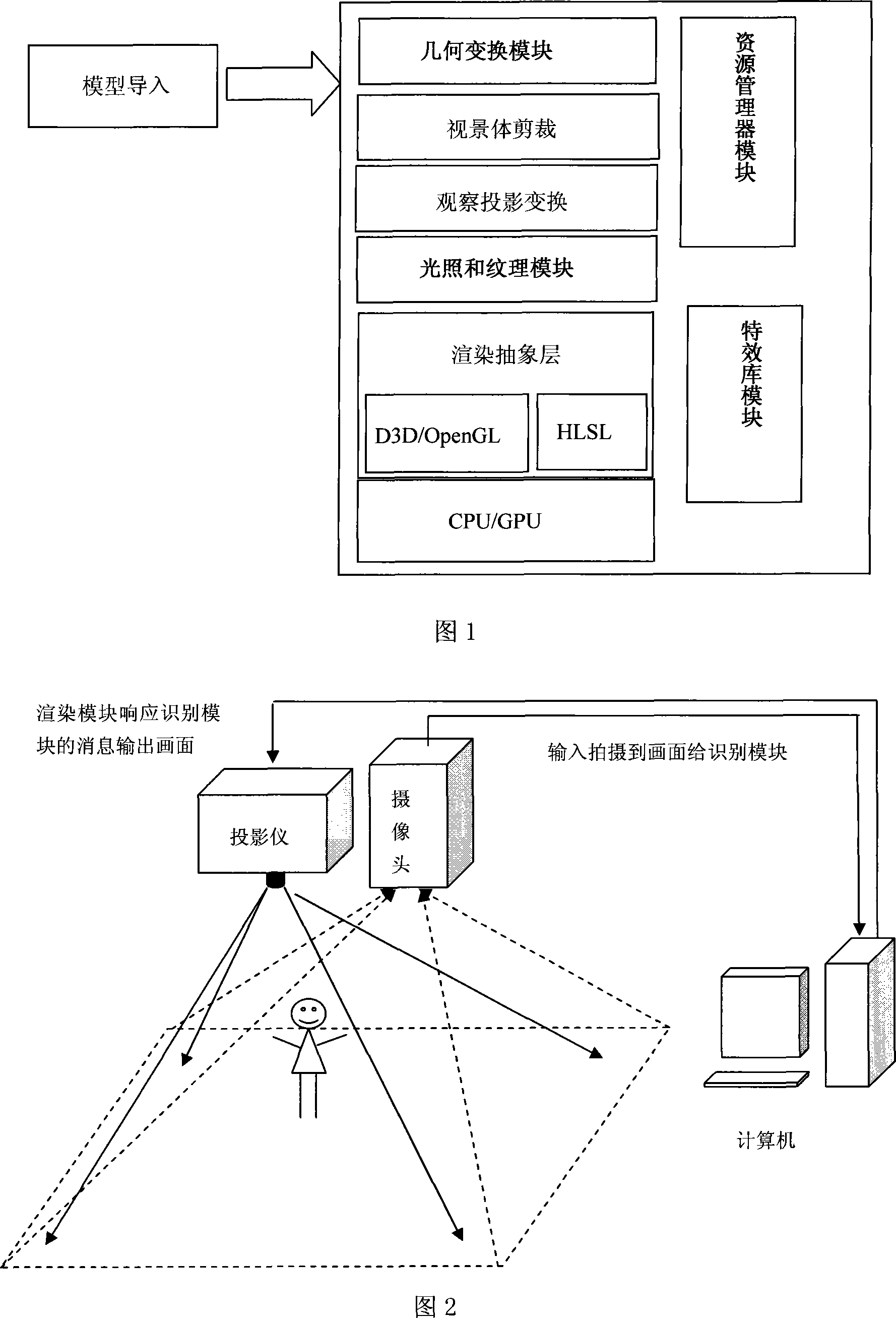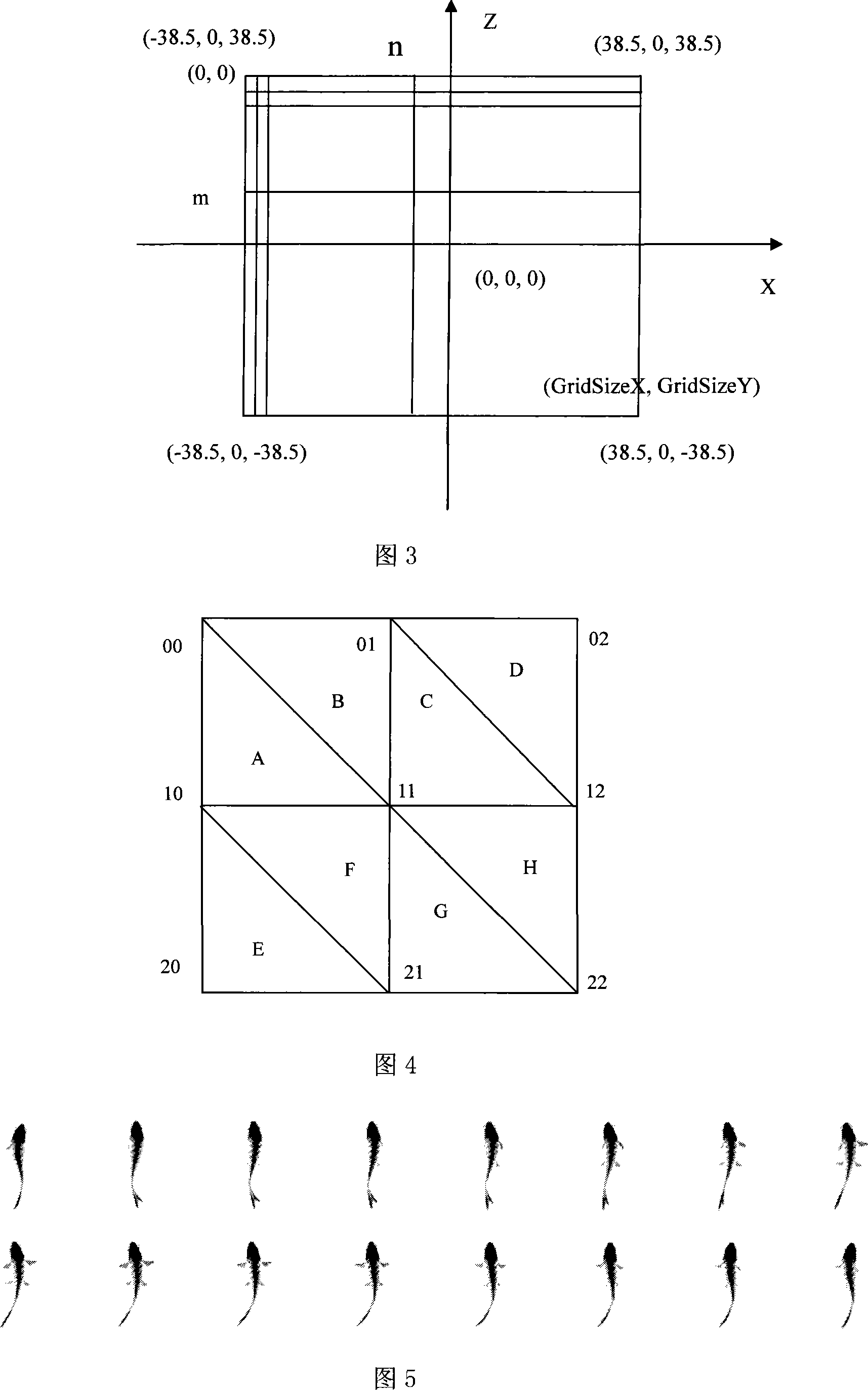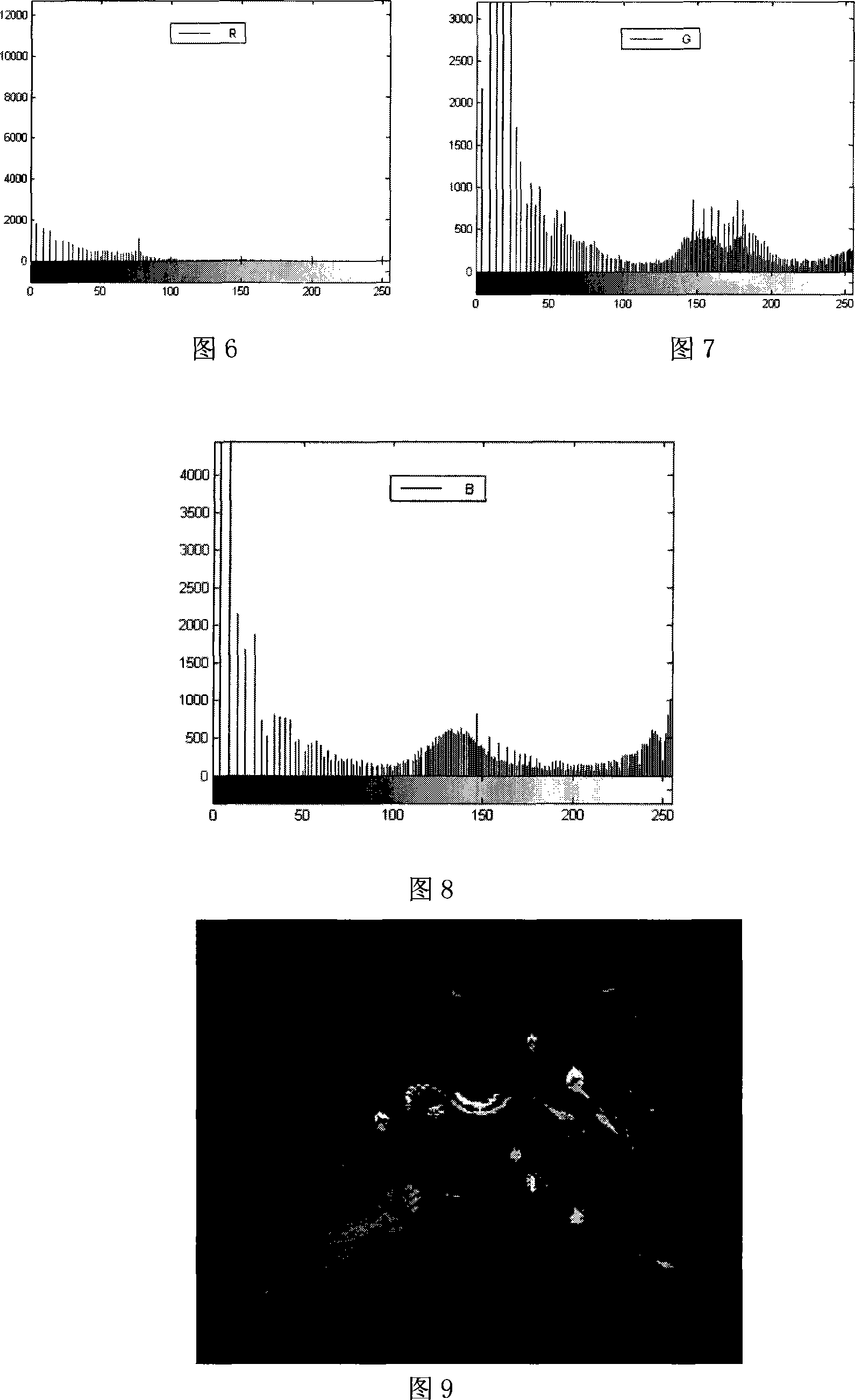Interactive system based on CCD camera porjector technology
A technology of interactive system and projector, which is applied in the system field of computer technology field, can solve the problems of high cost and expensive, and achieve the effect of saving cost, improving the scope of application, and reducing cost
- Summary
- Abstract
- Description
- Claims
- Application Information
AI Technical Summary
Problems solved by technology
Method used
Image
Examples
Embodiment Construction
[0029] Below in conjunction with the accompanying drawings, the embodiments of the present invention are described in detail: the present embodiment is implemented on the premise of the technical solution of the present invention, and provides detailed embodiments and specific operation processes, but the protection scope of the present invention is not limited to the following described embodiment.
[0030] As shown in FIG. 2 , the system of this embodiment includes a personal computer, a projector, and a common camera. The interactive identification module and the rendering module run in the computer, wherein the interactive identification module will control the camera in the picture to obtain the image, then analyze and then use the rendering module to control the projector to output the picture. The camera is plugged into the USB port of the computer, and the projector is connected to the DVI interface on the graphics card of the same machine. The shooting range of the c...
PUM
 Login to View More
Login to View More Abstract
Description
Claims
Application Information
 Login to View More
Login to View More - R&D
- Intellectual Property
- Life Sciences
- Materials
- Tech Scout
- Unparalleled Data Quality
- Higher Quality Content
- 60% Fewer Hallucinations
Browse by: Latest US Patents, China's latest patents, Technical Efficacy Thesaurus, Application Domain, Technology Topic, Popular Technical Reports.
© 2025 PatSnap. All rights reserved.Legal|Privacy policy|Modern Slavery Act Transparency Statement|Sitemap|About US| Contact US: help@patsnap.com



